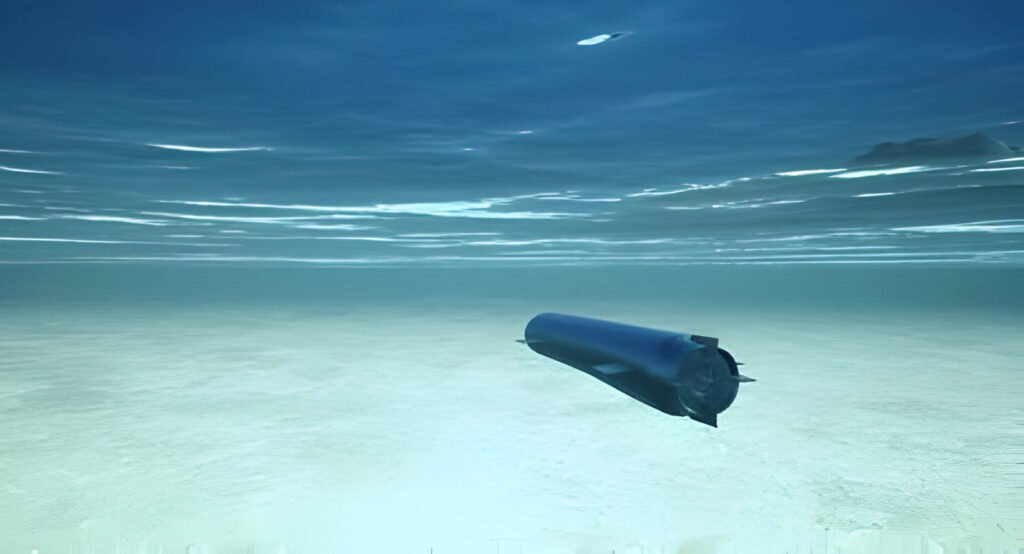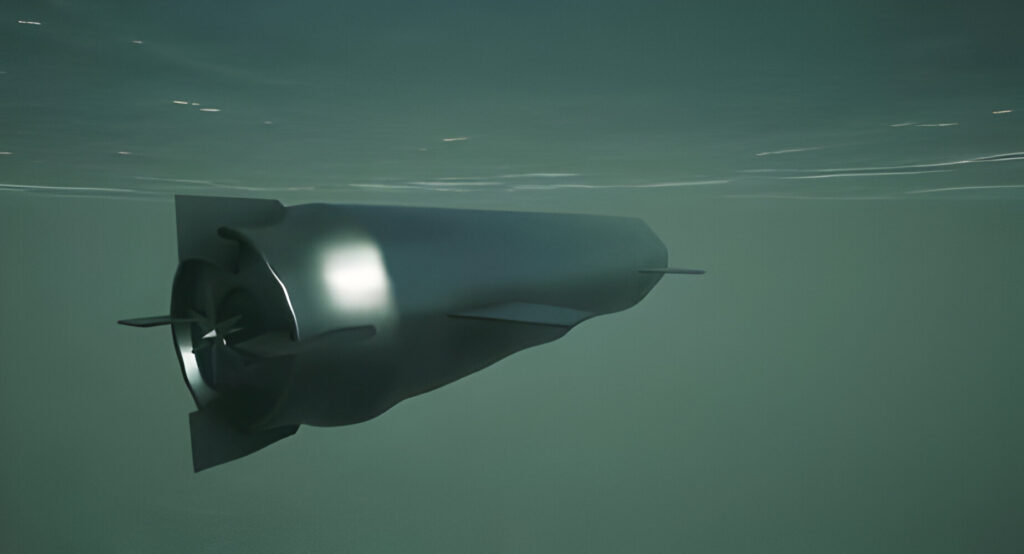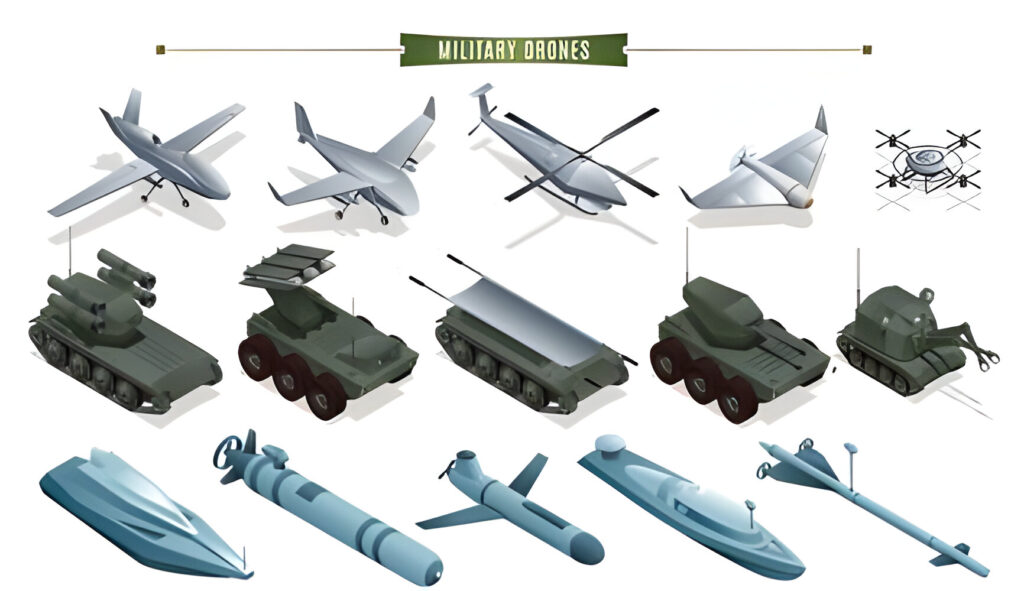In recent years, the integration of underwater drones has transformed military operations, offering unprecedented capabilities in surveillance, reconnaissance, and defense. This article delves into the multifaceted realm of underwater drones military, examining their significance, applications, and the evolving landscape of modern warfare.
- Understanding Underwater Drones Military

Underwater drones, uncrewed underwater vehicles (UUVs), or autonomous underwater vehicles (AUVs) are submersible devices designed to operate underwater without direct human intervention. These versatile machines come in various shapes and sizes, with advanced sensors, cameras, and navigation systems.
2.1 The Evolution of Underwater Drones Military
Over the years, technological advancements have propelled the evolution of underwater drones, enhancing their capabilities and reliability. These drones have become indispensable assets in naval operations worldwide, from early prototypes to sophisticated models.
2.2 Key Components and Features
Underwater drones boast many features, including robust hull designs, propulsion systems, and payload options. Advanced sensors enable them to gather data on underwater topography, environmental conditions, and potential threats, providing valuable intelligence to military commanders.
- Applications in Military Operations
The integration of underwater drones has revolutionized various aspects of military operations, offering unparalleled advantages in reconnaissance, surveillance, and undersea warfare.
3.1 Reconnaissance and Surveillance
Underwater drones military are crucial in gathering intelligence in hostile environments, surveying underwater terrain, and monitoring maritime activities. Their stealth and autonomous operation make them ideal for covert missions and strategic reconnaissance.
3.2 Mine Countermeasures
One of the primary applications of underwater drones military is mine countermeasures (MCM), where they are deployed to detect, classify, and neutralize underwater mines. Their ability to navigate hazardous areas and conduct precise inspections minimizes the risk to personnel and assets.
- Advantages and Benefits
The military adoption of underwater drones offers several advantages, enhancing operational efficiency, safety, and effectiveness in maritime environments.
4.1 Enhanced Situational Awareness
By providing real-time data and imagery, underwater drones enhance situational awareness for military commanders, enabling informed decision-making in complex operational scenarios.
4.2 Reduced Risk to Personnel
Using uncrewed underwater vehicles reduces the need for direct human involvement in high-risk missions, mitigating the potential dangers military personnel face.
- Challenges and Limitations
Despite their numerous benefits, underwater drone military faces challenges and limitations that warrant consideration.
5.1 Communication and Connectivity
Maintaining reliable communication links with underwater drones poses challenges due to the limitations of underwater acoustic channels, often resulting in latency and data transmission issues.
Harsh underwater environments, including extreme temperatures, high pressure, and corrosive conditions, pose challenges to the durability and performance of underwater drone systems.
- Future Trends and Innovations
The future of underwater drone military promises continued advancements and innovations driven by ongoing research and development efforts.

5.2 Environmental Factors
6.1 Autonomous Navigation and AI
Advancements in artificial intelligence (AI) and autonomous navigation systems are poised to enhance the capabilities of underwater drones, enabling more sophisticated mission planning and execution.
6.2 Integration with Unmanned Systems
Integrating underwater drones with other unmanned systems, such as aerial drones and surface vessels, offers synergistic advantages in multi-domain operations and collaborative missions.
FAQs (Frequently Asked Questions)
How does the underwater drone military contribute to maritime security?
Underwater drones enhance maritime security by conducting surveillance, reconnaissance, and mine countermeasures to detect and deter potential threats.
What are the primary challenges faced by underwater drones in military operations?
Key challenges include communication limitations, environmental factors, and the need for autonomous navigation and AI advancements.
Can underwater drones be used for civilian purposes?
Underwater drones have diverse applications in civilian sectors such as marine research, underwater exploration, and environmental monitoring.
Are underwater drones vulnerable to detection and interception by adversaries?
While efforts are made to enhance stealth capabilities, underwater drones may still be susceptible to detection using sonar and other detection technologies.
How do underwater drones navigate in the absence of GPS signals underwater?
Underwater drones rely on inertial navigation systems (INS), acoustic positioning, and onboard sensors to navigate and maintain course underwater.
What role do underwater drones play in underwater archaeology and exploration?
Underwater drones facilitate archaeological surveys, underwater mapping, and exploration of submerged cultural heritage sites, offering insights into maritime history and archaeology.
Conclusion
In conclusion, the underwater drone represents a transformative technology that is reshaping the landscape of modern warfare and maritime operations. With their diverse capabilities and applications, these unmanned systems offer unprecedented reconnaissance, surveillance, and mine countermeasures advantages. As technological advancements drive innovation in this field, underwater drones are poised to play an increasingly pivotal role in safeguarding maritime security and advancing naval capabilities.


